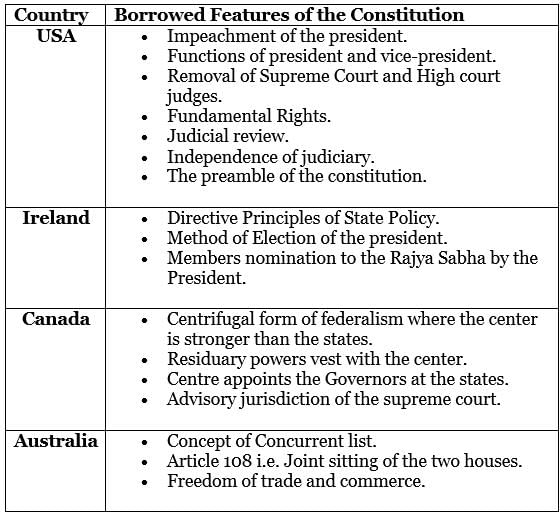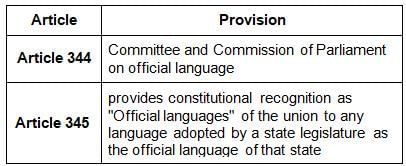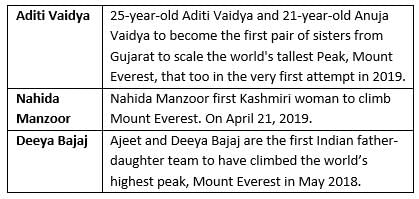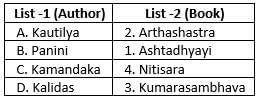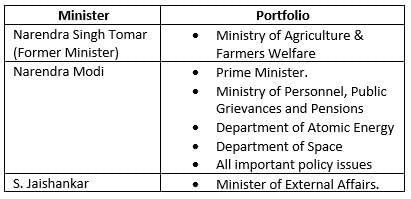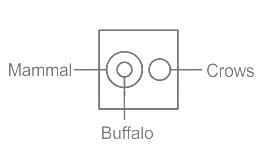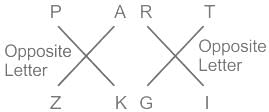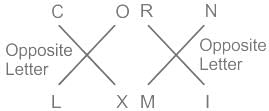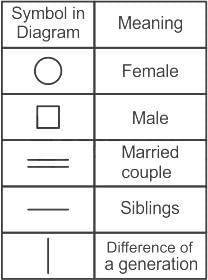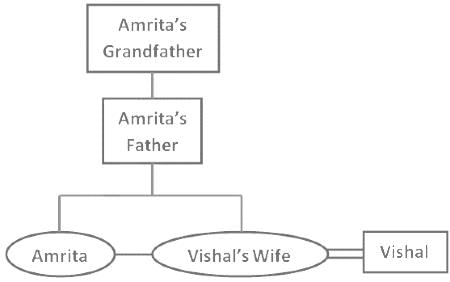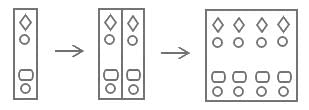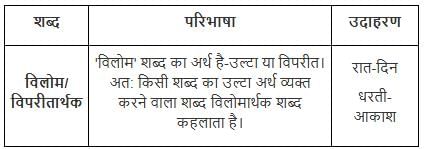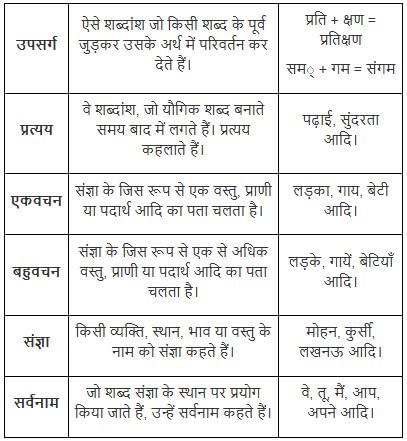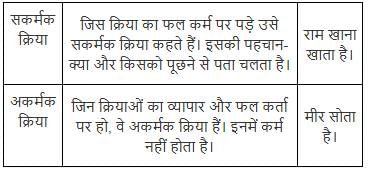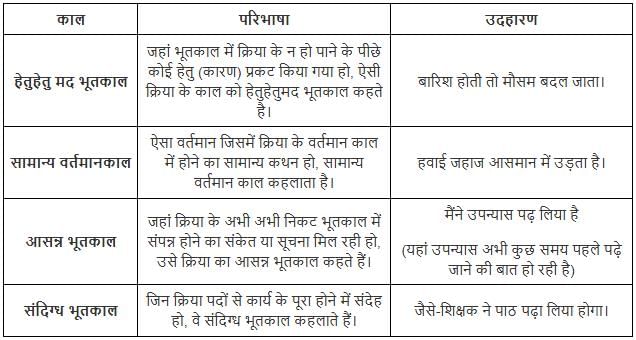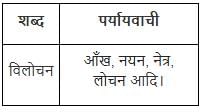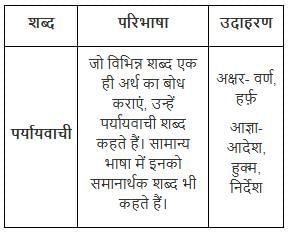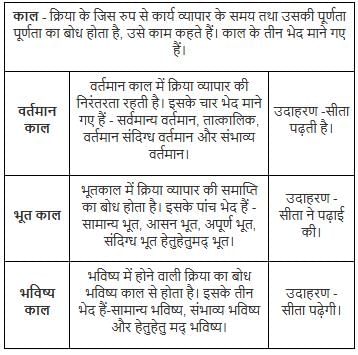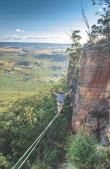DSSSB Junior Clerk Mock Test - 3 - DSSSB TGT/PGT/PRT MCQ
30 Questions MCQ Test - DSSSB Junior Clerk Mock Test - 3
The small pieces of rock revolving between the orbits of Mars and Jupiter are called _________.
The Directive Principles of State Policy included in the Constitution of India have been inspired by the Constitution of?
Which schedule of Indian constitution deals with the languages?
Who among the following was the first Indian woman to reach the summit of Mount Everest?
Which of the following is an ancient Indian book on surgery?
Who launched the initiative SARTHAQ related to National Education Policy 2020, in April 2021?
King Vijayalaya was related to which of the following dynasties?
Which of the following is the world's largest tropical rainforest?
The process next to the absorption in small intestine is ____________
Select the Venn diagram that best illustrates the relationship between the following classes.
Buffalo, Mammal, Crows
If in a certain code language 'PART' is written as 'ZKGI', then how will 'CORN' be coded in that language?
Amrita introduces Vishal saying," He is the husband of the younger grand daughter of the father of my father." How is Amrita related to Vishal if she is not the youngest in the family ?
A piece of paper is folded and cut as shown in the question figures. From the given answer figures, indicate how it will appear when opened.

The ratio of students studying commerce in college D and E with students studying science in college A and B.
Rakesh completes a math project in 10 days, while Ravi takes 15 days. Rakesh starts a project and works for 4 days alone, after 4 days Ravi joins and they work together for 2 days. Then a third person Anas joins and they three work together for 16/13 days and complete the project. In how many days can Anas complete a project alone?
What is the ratio between the number of days A takes to make all the 4 paintings and C takes to make all the 4 paintings?
गद्यांश के अनुसार भारत का कल्याण कैसे हो सकता है?
निम्नलिखित प्रश्न में, चार विकल्पों में से दिए गए वाक्य का सही काल वाला विकल्प पहचानिए।
यदि मैं समय पर स्टेशन पहुँचता तो मेरी गाड़ी न छूटती।
हिन्दी न फारसी, लालजी की _______ सही विकल्प का चयन कर, इस लोकोक्ति को पूरा करें।
Select the most appropriate option to fill in the blank.
The ___________ president faces problems which began many years before he took office.
Direction- In the following question, out of the four alternatives, choose the alternative which best expresses the meaning of the idiom/phrase.
Damocles sword
Direction- In the following question, out of the four alternatives, choose the alternative which best expresses the meaning of the Idiom/Phrase.
Achilles heel


